AMD has already proven how much 3D V-cache can benefit gamers with the Ryzen 7 5800 X3D and is now in the starting blocks to present its second-generation 3D V-cache chips with the Ryzen 7000 X3D. The Zen4 3D V-cache CPUs launching later this month could likely bring similarly massive performance gains in the gaming space, and masn is good at speculating what we can expect in terms of specs, performance, and pricing.
Last year, AMD introduced the Ryzen 7 5800X3D, which was developed at the time to offer gamers the best price-performance ratio. This was achieved by using 3D V-Cache technology, which allows AMD to stack large cache pools on the Zen chips to boost performance in games and low-bandwidth applications. The advantage was obvious from the start, as reviews showed a huge performance boost in games that could keep up with and even surpass Intel’s fastest CPU at the time, the Core i9-12900K.
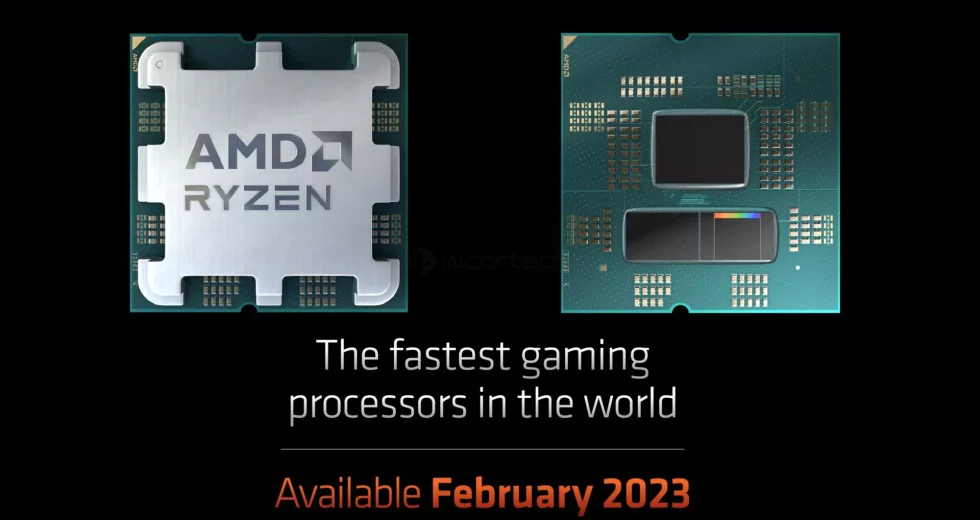
AMD is now planning to repeat this again with the Ryzen 7000 X3D, giving gamers another boost that could make AM5 the fastest platform for gaming. With ‘Zen 4’ and the 3D V-Cache, improvements can definitely be expected for the desktop.
- Minor optimization on TSMC’s 5nm process node
- Up to 64 MB stacked cache per CCD (96 MB L3 per CCD)
- Increase game performance (Avg & Mins)
- Compatible with AM5 platforms
The AMD Ryzen 7000 3D V-Cache CPUs are the second V-Cache generation with stacked cache. While the Zen 3 lineup only included one 3D V Cache SKU, the Zen 4 lineup gets three SKUs at very different price points.
AMD Ryzen 9 7950X3D – 16 cores with 144 MB cache
First up is the AMD Ryzen 9 7950X3D, which will be the flagship and first 16-core CPU with 3D-V cache technology. The chip has a total of 32 threads, a total of 144 MB of cache (64 MB CCD, 64 MB V-cache + 16 MB L2), and a TDP of 120 W. As for the clock speed, the chip is specified with a base clock of 4.2 GHz, which is 300 MHz slower than the standard 7950X, but the boost clock is specified at the same 5.7 GHz. This should give us a clue as to why the TDP is 50W lower than the non-3D part.
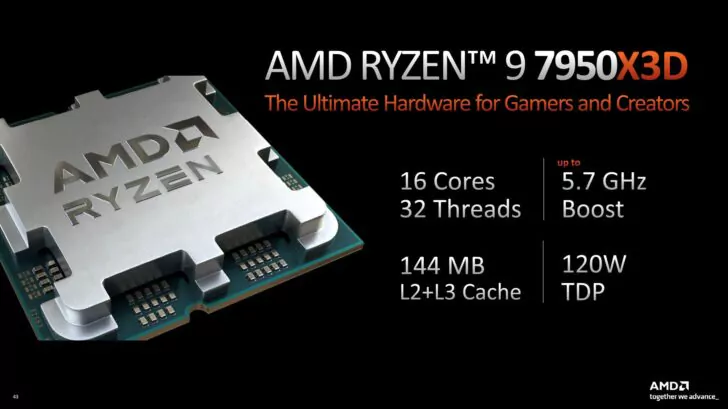
AMD has arranged the 3D-V cache structuring on the Ryzen 9 X3D so that the SRAM cache is located on a single CCD instead of both CCDs. This allows AMD to maximize gaming performance with a single CCD, while the secondary die continues to benefit from the higher clock rates (1T). This is to achieve a balance between single-threaded gaming performance and multi-threaded applications without compromising overall clock rates like the previous generation. Since this is primarily a gaming chip, the cache die is the more important aspect to optimize. It will be very interesting to see how things play out in the final retail units and how far AMD goes in tuning the new parts.
AMD Ryzen 9 7900X3D – 12 cores with 140 MB cache
The second chip is the AMD Ryzen 9 7900X3D, which will have 12 cores and 24 threads. Again, this is a 2 CCD configuration, with one CCD configured with V-cache and the second without. The chip has a total of 140 MB cache (64 MB CCD, 64 MB V-cache + 12 MB L2). The base clock is 4.4 GHz, which is 200 MHz slower than the non-3D SKU, and the boost clock remains the same at 5.6 GHz. The CPU is specified with a TDP of 120W.
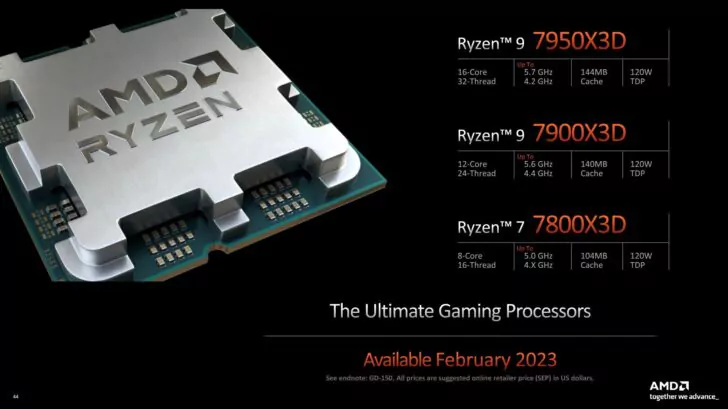
AMD Ryzen 7 7800X3D – Replacement of the 5800X3D as the new gaming champion!
Finally, we have the successor to the Ryzen 7 5800X3D, the Ryzen 7 7800X3D. This CPU should then be the ideal choice for gamers with 8 cores, 16 threads and the same 104 MB of cache (32 MB CCD, 64 MB V-cache + 8 MB L2). The CPU has a base clock of around 4 GHz, which is at least 500 MHz slower than the Ryzen 7 7700X, and a boost clock of 5.0 GHz, which is 400 MHz slower than the Ryzen 7 7700X.
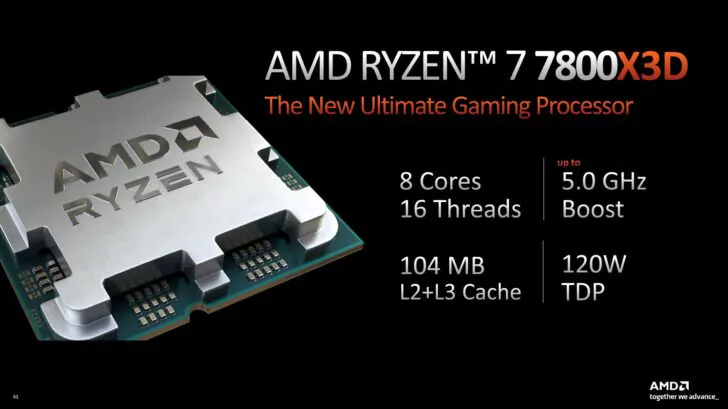
AMD Ryzen 7000 Raphael Desktop CPU Specifications
| CPU NAME | ARCHITECTURE | PROCESS NODE | CORES / THREADS | BASE CLOCK | BOOST CLOCK (SC MAX) | CACHE | TDP | PRICES (MSRP) |
|---|---|---|---|---|---|---|---|---|
| AMD Ryzen 9 7950X3D | Zen 4 3D V Cache | 5nm | 16/32 | 4.2 GHz | 5.7 GHz | 144 MB (64+64+16) | 120W | $699 US |
| AMD Ryzen 9 7950X | Zen 4 | 5nm | 16/32 | 4.5 GHz | 5.7 GHz | 80 MB (64+16) | 170W | $599 US |
| AMD Ryzen 9 7900X3D | Zen 4 3D V Cache | 5nm | 12/24 | 4.4 GHz | 5.6 GHz | 144 MB (64+64+12) | 120W | $599 US |
| AMD Ryzen 9 7900X | Zen 4 | 5nm | 12/24 | 4.7 GHz | 5.6 GHz | 76 MB (64+12) | 170W | $449 US |
| AMD Ryzen 9 7900 | Zen 4 | 5nm | 12/24 | 3.6 GHz | 5.4 GHz | 76 MB (64+12) | 65W | $429 US |
| AMD Ryzen 7 7800X3D | Zen 4 3D V Cache | 5nm | 8/16 | 4.0 GHz | 5.0 GHz | 104 MB (32+64+8) | 120W | $449 US |
| AMD Ryzen 7 7700X | Zen 4 | 5nm | 8/16 | 4.5 GHz | 5.4 GHz | 40 MB (32+8) | 105W | $349 US |
| AMD Ryzen 7 7700 | Zen 4 | 5nm | 8/16 | 3.6 GHz | 5.3 GHz | 40 MB (32+8) | 65W | $329 US |
| AMD Ryzen 5 7600X | Zen 4 | 5nm | 6/12 | 4.7 GHz | 5.3 GHz | 38 MB (32+6) | 105W | $249 US |
| AMD Ryzen 5 7600 | Zen 4 | 5nm | 6/12 | 3.8 GHz | 5.1 GHz | 38 MB (32+6) | 65W | $229 US |
AMD Ryzen 7000 X3D CPU performance
In terms of performance, AMD hasn’t released a lot of data, which is fair enough since they want the independent tech media landscape to test these chips later this month and present their own data rather than relying on official numbers. However, the performance data of the two Ryzen 7000 X3D CPUs, the Ryzen 9 7950X3D and the Ryzen 7 7800X3D, have already been published. AMD compared the Ryzen 9 7950X3D CPU with Intel’s top core i9-13900K in various gaming and workload applications. The results show that the 3D-V cache chip could offer up to 24% faster performance in 1080p games with high image quality. Below you can find the gaming tests and the respective improvements compared to the Intel i9-13900K:
AMD Ryzen 9 7950X3D Gaming Performance Test (via AMD):
- Watch Dogs Legion (1080p) – Up To 9% Faster
- DOTA (1080p) – Up To 11% Faster
- Rainbow Six Siege (1080p) – Up To 13% Faster
- Horizon Zero Dawn (1080p) – Up To 24% Faster
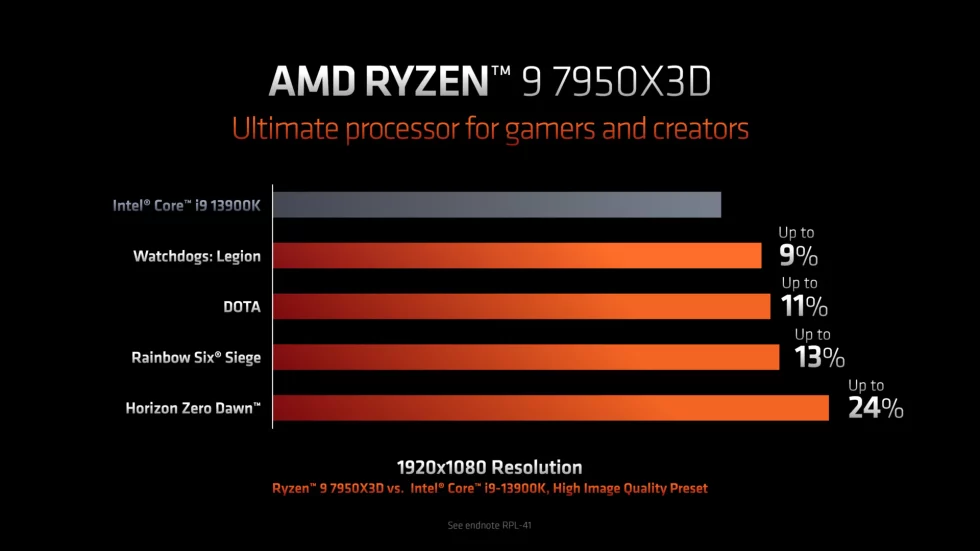
As mentioned earlier, the 7950X3D chips have a different CCD configuration, one of which runs at higher clock rates and the other has more conservative limits due to 3D V-cache stacking. However, that doesn’t change much in terms of overall performance, even with workload apps, as the chip can outperform a Core i9-13900K CPU in various tests, as shown below:
AMD Ryzen 9 7950X3D Workload Performance Test (via AMD):
- File Encryption (VeraCrypt AES) – Up To 4% Faster
- 3D Graphics (PassMark 10) – Up To 11% Faster
- Adobe Premiere Pro (Playback) – Up To 17% Faster
- DaVinci Resolve (Extended Score) – Up To 24% Faster
- File Compression (7-Zip) – Up To 52% Faster
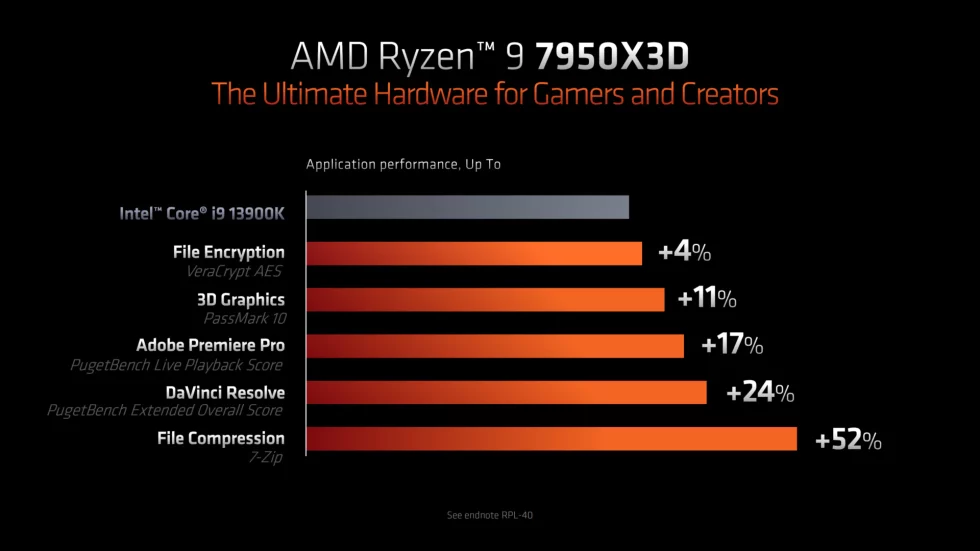
Finally, the AMD Ryzen 7 7800X3D was compared to the Ryzen 7 5800X3D and the results are even more impressive. Using the same 1080p resolution and high-quality presets for various games, the CPU achieved a performance advantage of up to 30% over the first-generation X3D CPU. The profits can be seen below:
- Rainbow Six Siege (1080p) – Up To 21% Faster
- Warhammer Dawn of War III (1080p) – Up To 22% Faster
- CS:GO (1080p) – Up To 23% Faster
- Dota 2 (1080p) – Up To 30% Faster
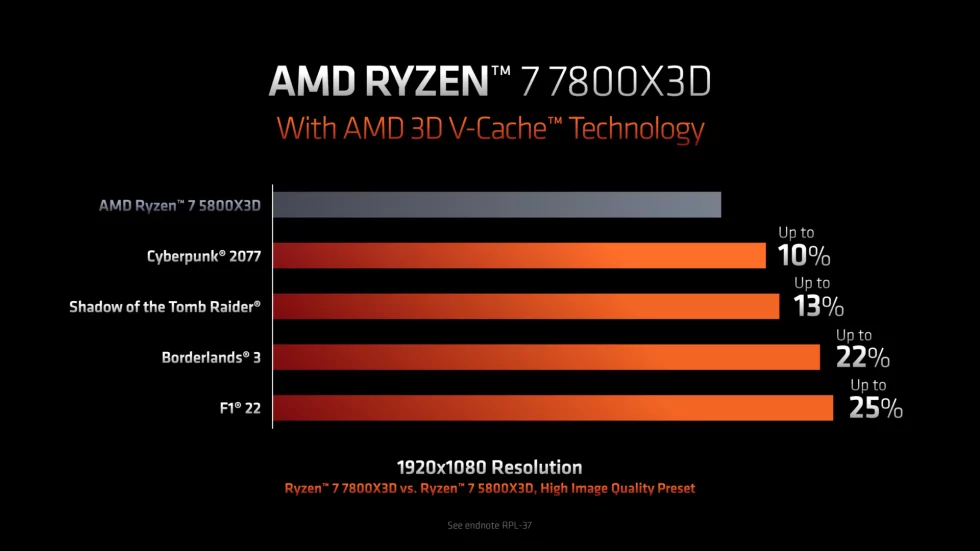
For gamers, these are definitely big advancements and the addition of the Ryzen 9 means that users will not only have the fastest gaming performance, but also the fastest content creation performance. In addition, there will be some big increases in the area of minimum FPS thanks to V-Cache, which AMD has not announced yet.
AMD Ryzen 7000 X3D CPU performance and heat development
Power and thermal limits play an important role in the development of 3D V-cache chips. The V-Cache chips are different than normal Ryzen CPUs because the SRAM itself is a very sensitive chip component to work with. For this reason, AMD has lowered the overall TDP, fixed the voltage, and lowered the thermal limits, also known as TjMax. The Zen 4 line is currently rated at a TjMax of 95°C, and while the CPUs can easily reach that target, AMD confirms that customers have nothing to worry about as that kind of operation is within spec.
Such high temperature limits seem to be the norm for AMD these days, as GPUs also have a maximum temperature of up to 110°C, which is considered a “normal spec”. The three AMD Ryzen 7000 X3D CPUs, which include the Ryzen 9 7950X3D, Ryzen 9 7900X3D, and Ryzen 7 7700X3D, were listed with a TjMax of just 89C, which is 6C lower than the 95C TjMax of the Ryzen 7000 non-3D CPUs.
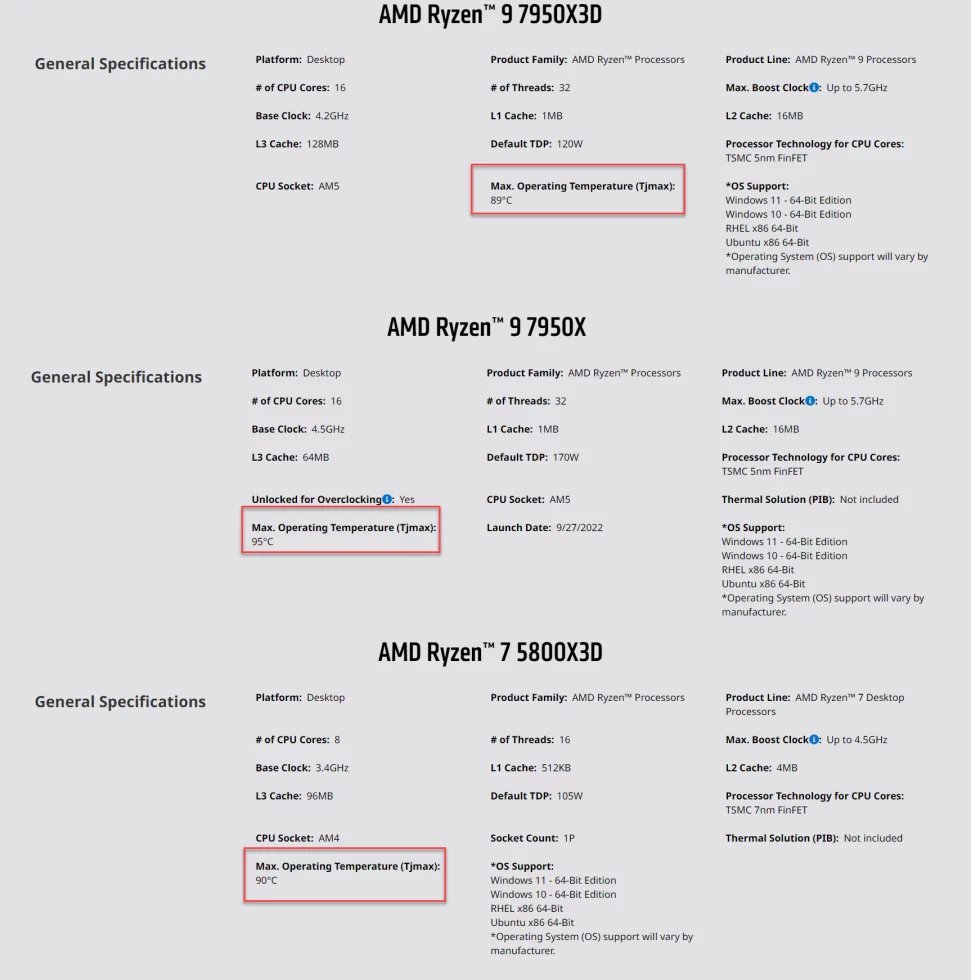
The maximum voltage of the Ryzen 7000 X3D CPUs was set by AMD to 1.4V, which is an increase of 0.3V compared to the Ryzen 7 5800X3D (1.1V). The CPUs ship with automatic OC options like PBO and Curve Optimizer, but the reason for the limited manual overclocking is the volatile nature of the 3D V-cache stacked on the single CCD. Higher voltages and high temperatures can cause abnormal behavior or even damage the chip.
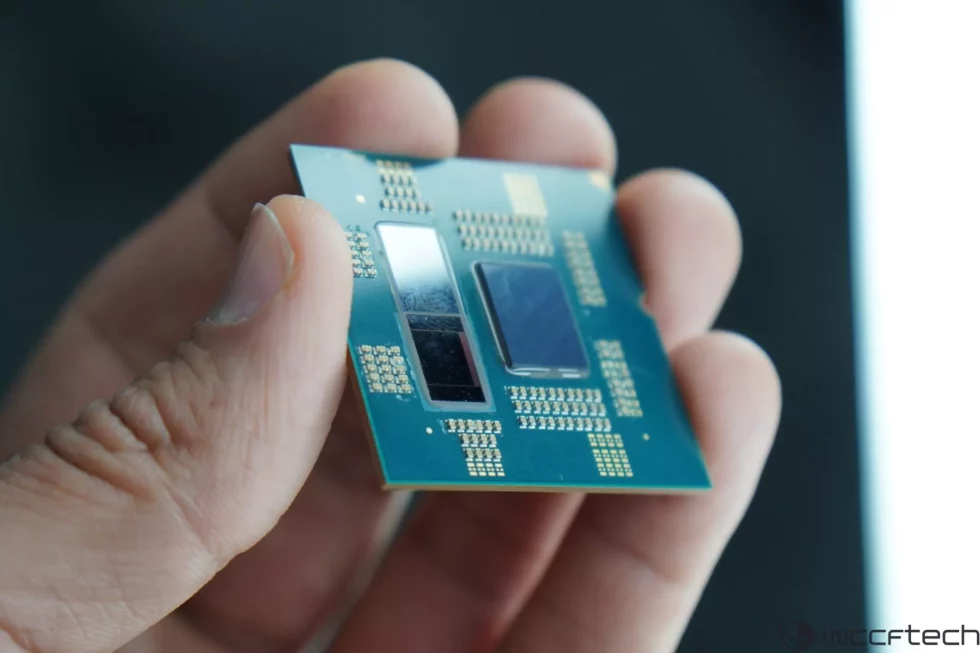
The hybrid layout of dual CCD SKUs like the Ryzen 9 7950X3D & Ryzen 9 7900X3D is already optimized in the Windows 11 operating system, but it remains to be seen how high temperatures will affect clock operation. You definitely need some high-end cooling solutions to stay within the 89C limit. This could also explain why AMD opted for a lower TDP of 120 W for the higher-end SKUs to prevent them from consuming too much power and running into the thermal wall. As expected, manual overclocking is a big no-no, but AMD has done something that was not possible with the first generation 3D parts, and that is to support Curve Optimizer and PBO.
Yes, the Curve Optimizer and Precision Boost Overdrive overclocking features as well as AMD EXPO memory support will be available for all three Ryzen 7000 X3D CPUs. AMD recommends users use the Curve Optimizer feature as it provides the best balance of overall CPU performance, but hard-frequency overclocking is locked just like the previous generation Zen 3D V cache chips.all AMD Ryzen 7000 X3D CPUs from AM5 motherboards are supported. To ensure the best compatibility with the new hardware, users will need to perform a manual BIOS update and install the latest chipset drivers. This month will also see the release of new motherboards that support these CPUs without a BIOS update.
AMD Ryzen 7000 X3D CPU prices and availability
And then there are the prices and availability. The AMD Ryzen 9 X3D CPUs will be the first to go on sale on February 28, followed by the Ryzen 7 X3D CPU, which is expected to go on sale on April 6, a little over a month later. So, AMD wants to target the premium users first before coming out with the mainstream X3D solution for under $500. An immediate launch would cannibalize sales of the higher-end parts, as is now the case with the Ryzen 7 5800X3D, which has been the best-selling CPU at various retailers for several months due to its almost unbeatable price-performance ratio in the gaming segment.
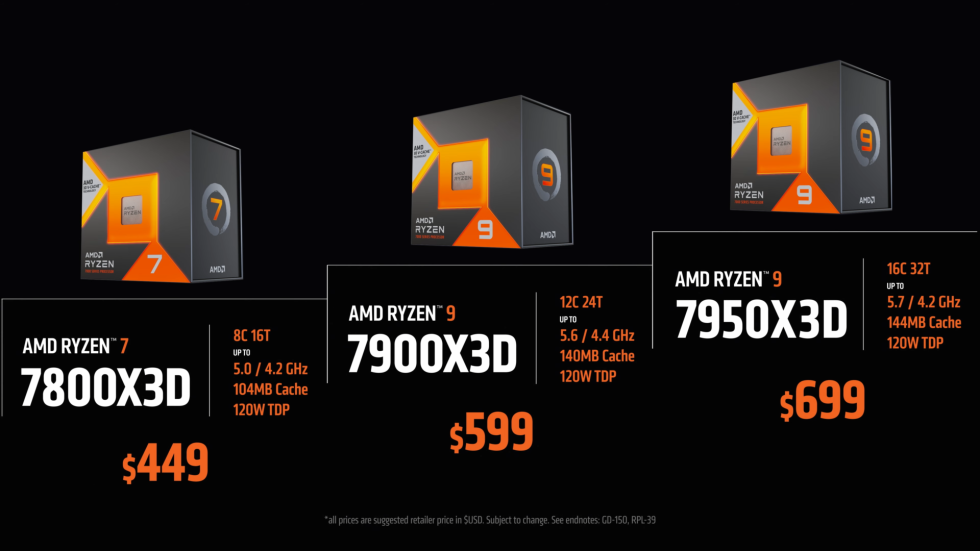
The AMD Ryzen 9 7950X3D will be priced at $699 at launch. This is the same MSRP that the standard 7950X had before it was lowered to $599. That is $100 more than for Intel’s i9-13900K. The AMD Ryzen 9 7900X3D is priced the same as the 7950X, at $599, and will launch alongside the 7950X3D on February 28. It looks like AMD is putting the 7900 X3D comfortably ahead of the i9-13900K in the gaming space at the same price. Last but not least, we have the AMD Ryzen 7 7800X3D with a price tag of $449 U.S. That’s about $100 more than the Ryzen 7 7700X and $30 more than the Core i7-13700K, but again, this is the chip that many gamers have their eyes on and it arguably has the potential to be a truly groundbreaking gaming product from AMD.
Source: AMD via WccfTech













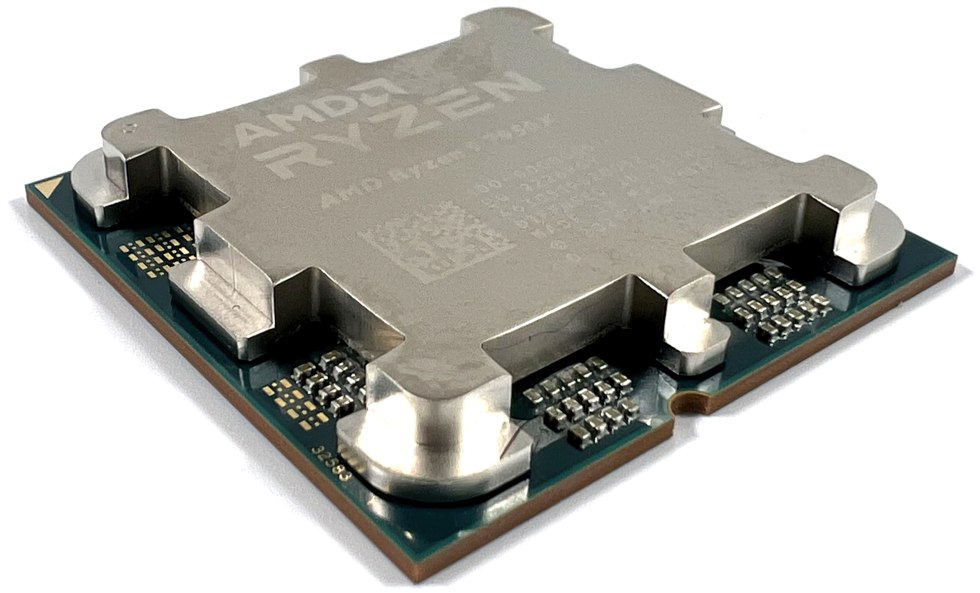

















21 Antworten
Kommentar
Lade neue Kommentare
Urgestein
Urgestein
Mitglied
Veteran
Veteran
Urgestein
Urgestein
Urgestein
Urgestein
Urgestein
Veteran
Urgestein
Mitglied
Mitglied
Veteran
Veteran
Mitglied
Mitglied
Urgestein
Alle Kommentare lesen unter igor´sLAB Community →